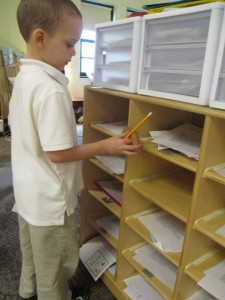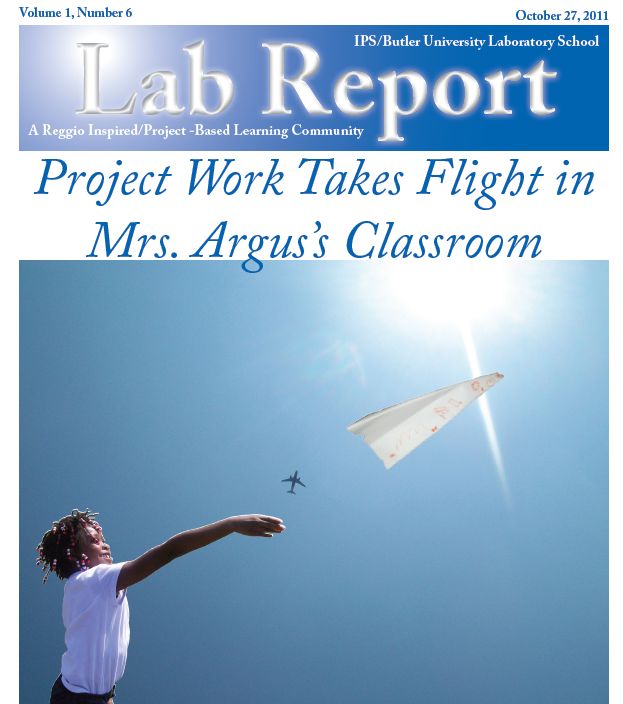Jan 31 2013
How big is a foot?
We’ve been exploring measurement this week!
We began by reading a book called How Big is a Foot? by Rolf Myller. In the book, a king orders a bed be made for the queen. He says it should be six feet long and three feet wide, according to the size of his big king foot. When the much small apprentice uses his much smaller apprentice feet to build the bed, they run into some trouble. We used this book to launch the question, how big is a foot?
Students traced their own foot, cut it out and used it to measure things around the room.
The next day, we looked at our results and found that we all got different answers. Chloe concluded, much like the story we read, that our measurements were different because we all had different size feet. Olivia then said we needed to measure everything again, this time having everyone use something that is the same size. Finally, Aaliyah shared that she new rulers were all the same size, a foot, and we could use them.
After a brief lesson in how to appropriately use a ruler, we remeasured all the items in our room. We looked at our results again and found that our answers were much more similar when we used rulers instead of our own feet.
Today, we began measuring with inches instead of feet. Each student was given a piece of string. They had to find two things that were the same length as their string, two items that were shorter than the string, and two items that were longer. For the shorter and longer items, students also had to measure their item to see how many inches long it was.
Next week we will begin using our math journals again to solve story problems with measurement.
For a glimpse inside readers workshop and story workshop…
We have been learning about different features of informational text this week. We have talked about tables of contents, glossaries, indexes, title and subtitles, captions, charts, and bold words. If you happen to be reading a non-fiction/informational text with your child soon, see if you can find any of those key features.
In story workshop, we have been talking about adding details to our writing. Specifically, we have talked about color details, number details, name details, and size details. We will continue to talk about texture and visual details next week.
No responses yet
Leave a Reply
You must be logged in to post a comment.


